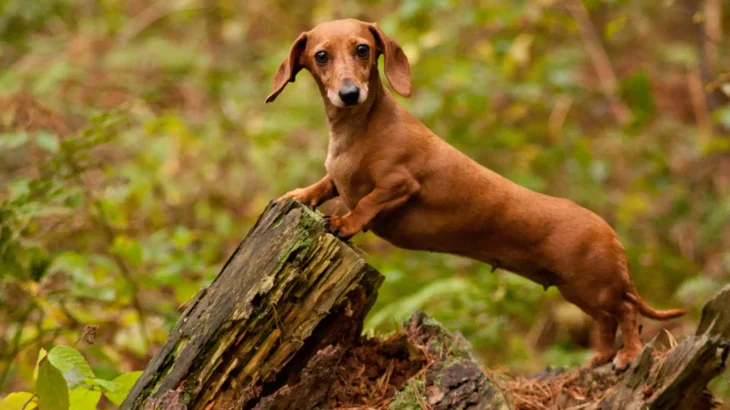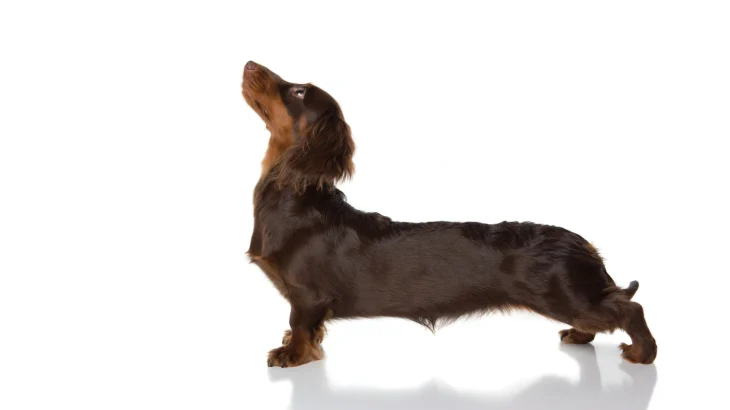Deciding whether to adopt or purchase a Dachshund puppy depends on your priorities about health transparency, ethics, and budget. Buying from a breeder often offers detailed knowledge of the puppy's health and lineage, while adoption supports giving a home to a dog in need and tends to be more affordable. Both choices have benefits and considerations relevant to this breed.
| Criteria | Buying from Breeder | Adopting from Shelter/Rescue |
|---|---|---|
| Cost | Higher initial cost, reflecting purebred status and breeder expenses. | Lower fees, usually includes vaccinations and spay/neuter surgery. |
| Health History | Comprehensive health records, genetic screening, and lineage info. | Health history may be limited or unknown; basic checks usually done. |
| Age Availability | Mostly puppies, allowing early training and socialization. | Varied ages including adults and seniors, offering immediate companionship. |
| Temperament Insight | Info on temperament traits from breeder experience. | Shelter staff share observed behaviors; background may be unclear. |
| Supporting Practices | Supports ethical breeding when choosing responsible breeders; helps preserve breed standards. | Supports animal welfare and reduces shelter overcrowding. |
| Ethical Considerations | Depends on breeder ethics; responsible breeders prioritize puppy welfare. | Promotes rescue and rehoming of dogs needing homes. |



















































